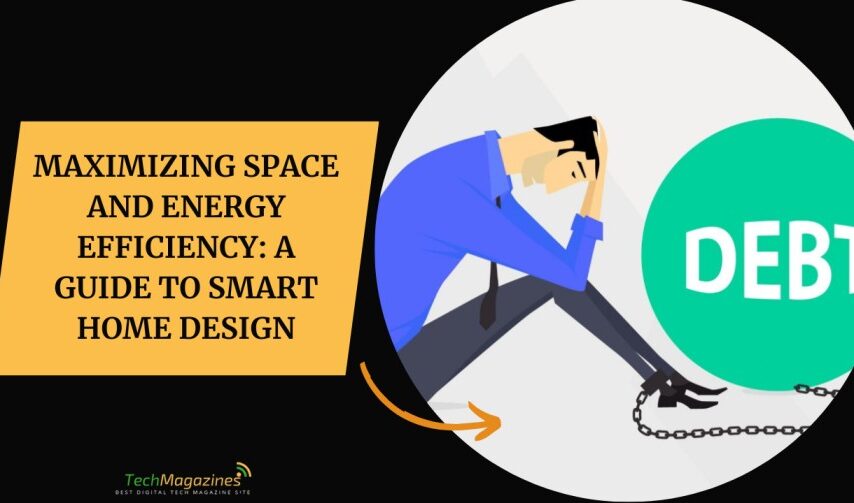Are you struggling to break free from the cycle of debt? You’re not alone. Millions of Americans are trapped by poor borrowing habits and mounting financial obligations. But there’s hope. This knowledge empowers you to make smarter choices about when and how to borrow. In this Short-Term Loan Solutions for California Properties guide, you’ll discover practical strategies rooted in behavioral economics to help you avoid common debt pitfalls, improve your financial health, and pave the way toward a more secure financial future.
Understanding the Psychology of Debt
Debt often stems from complex psychological factors that influence our financial decisions. Many individuals fall into debt traps due to cognitive biases and emotional triggers. For example, the present bias makes people prioritize immediate gratification over long-term financial health. This can result in impulsive purchases or taking on high-interest loans.
The Role of Social Pressure
Social comparisons and the desire to maintain a particular lifestyle can drive people to overspend. The “keeping up with the Joneses” mentality often leads to accumulating debt to project an image of success. Whether you’re looking for hard money loans california, understanding these psychological drivers is crucial for developing strategies to resist temptation and make more rational financial choices.
Recognizing Behavioral Traps That Lead to Borrowing
The Allure of Instant Gratification
You may find yourself tempted by the promise of immediate rewards, often disregarding long-term consequences. This present bias can lead to impulsive borrowing decisions, prioritizing short-term pleasures over financial stability. Recognizing this tendency is crucial for developing healthier financial habits.
Overconfidence in Future Income
Many fall into the trap of overestimating their future earning potential. This optimism bias can result in taking on more debt than you can realistically handle, assuming future income will quickly cover repayments. It’s essential to base borrowing decisions on current financial realities rather than speculative future gains.
Developing Healthy Financial Habits to Avoid the Debt Trap
Create a Budget and Stick to It
Establishing a comprehensive budget is your first defense against falling into debt. Track your income and expenses meticulously, categorizing spending to identify areas where you can cut back. Prioritize essential costs and allocate funds for savings and debt repayment. Regularly review and adjust your budget to ensure it remains realistic and aligned with your financial goals.
Build an Emergency Fund
Set aside money each month to create a financial safety net. Aim to save 3-6 months of living expenses in an easily accessible account. This buffer will help you avoid relying on credit cards or loans when unexpected expenses arise, preventing you from accumulating unnecessary debt.
Strategies for Effective Debt Management
Create a Debt Repayment Plan
Developing a structured debt repayment plan is crucial for managing your financial obligations. List all your debts, including credit cards, loans, and mortgages. Prioritize high-interest debts and allocate extra funds to pay them off faster. Consider using the debt snowball or avalanche method to stay motivated and progress consistently.
Negotiate with Creditors
Don’t hesitate to contact your creditors to discuss options for reducing interest rates or modifying payment terms. Many lenders are willing to work with borrowers to find mutually beneficial solutions. Be prepared to explain your financial situation and demonstrate your commitment to repaying the debt.
Building a Sustainable Financial Future
Building a sustainable financial future requires a holistic approach to money management. Start by creating a comprehensive budget for all income and expenses, including debt repayments. Prioritize saving for emergencies and long-term goals, such as retirement.
Invest wisely, diversifying your portfolio to balance risk and potential returns. Continuously educate yourself about personal finance and stay informed about economic trends. Regularly review and adjust your financial plan as your circumstances change. By adopting these habits and making informed decisions, you can avoid the pitfalls of poor borrowing and create a stable economic foundation for years.
Final Thoughts
As you read in this Short-Term Loan Solutions for California Properties guide, understanding the psychological factors influencing your borrowing decisions is crucial as you navigate the complex world of personal finance. By recognizing common behavioral biases and implementing strategies to counteract them, you can make more informed choices and avoid falling into the debt trap. Remember to approach borrowing with a clear, rational mindset, carefully considering the long-term implications of your financial decisions.








